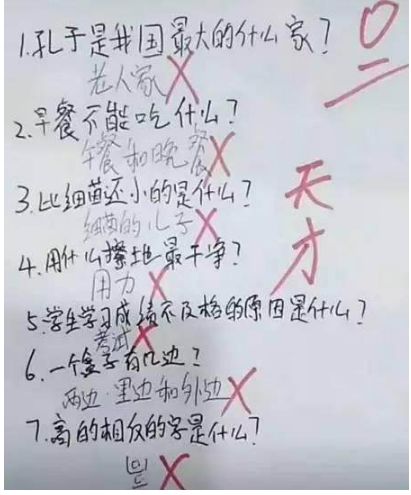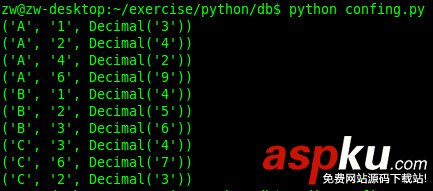I/O库提供两种不同的方式进行文件处理:
io表调用方式
使用io表,io.open将返回指定文件的描述,并且所有的操作将围绕这个文件描述。io表同样提供三种预定义的文件描述io.stdin,io.stdout,io.stderr
文件句柄直接调用方式
即使用file:XXX()函数方式进行操作,其中file为io.open()返回的文件句柄。多数I/O函数调用失败时返回nil加错误信息,有些函数成功时返回nil
IO
io.close ([file])
io.flush ()
相当于file:flush(),输出所有缓冲中的内容到默认输出文件
io.lines ([filename])
打开指定的文件filename为读模式并返回一个迭代函数,每次调用将获得文件中的一行内容,当到文件尾时,将返回nil,并自动关闭文件,若不带参数时io.lines() <=> io.input():lines(); 读取默认输入设备的内容,但结束时不关闭文件
io.open (filename [, mode])
mode:
"r": 读模式 (默认);
"w": 写模式;
"a": 添加模式;
"r+": 更新模式,所有之前的数据将被保存
"w+": 更新模式,所有之前的数据将被清除
"a+": 添加更新模式,所有之前的数据将被保存,只允许在文件尾进行添加
"b": 某些系统支持二进制方式
io.read (...)
io.type (obj)
检测obj是否一个可用的文件句柄
返回:
"file":为一个打开的文件句柄
"closed file":为一个已关闭的文件句柄
nil:表示obj不是一个文件句柄
io.write (...)
相当于io.output():write
File
file:close()
当文件句柄被垃圾收集后,文件将自动关闭。句柄将变为一个不可预知的值
file:flush()
向文件写入缓冲中的所有数据
file:lines()
返回一个迭代函数,每次调用将获得文件中的一行内容,当到文件尾时,将返回nil,但不关闭文件
for line in file:lines() do body end
file:read(...)
按指定的格式读取一个文件,按每个格式函数将返回一个字串或数字,如果不能正确读取将返回nil,若没有指定格式将指默认按行方式进行读取
格式:
"n": 读取一个数字 ("number")
"a": 从当前位置读取整个文件,若为文件尾,则返回空字串 ("all")
"l": [默认]读取下一行的内容,若为文件尾,则返回nil ("line")
number: 读取指定字节数的字符,若为文件尾,则返回nil;如果number为0则返回空字串,若为文件尾,则返回nil;
file:seek(whence)
设置和获取当前文件位置,成功则返回最终的文件位置(按字节),失败则返回nil加错误信息
参数
whence:
"set": 从文件头开始
"cur": 从当前位置开始[默认]
"end": 从文件尾开始
offset:默认为0
不带参数file:seek()则返回当前位置,file:seek("set")则定位到文件头,file:seek("end")则定位到文件尾并返回文件大小
file:write(...)
按指定的参数格式输出文件内容,参数必须为字符或数字,若要输出其它值,则需通过tostring或string.format进行转换
实例
读取文件所有内容
写入内容到文件
文件大小
文件是否存在



















